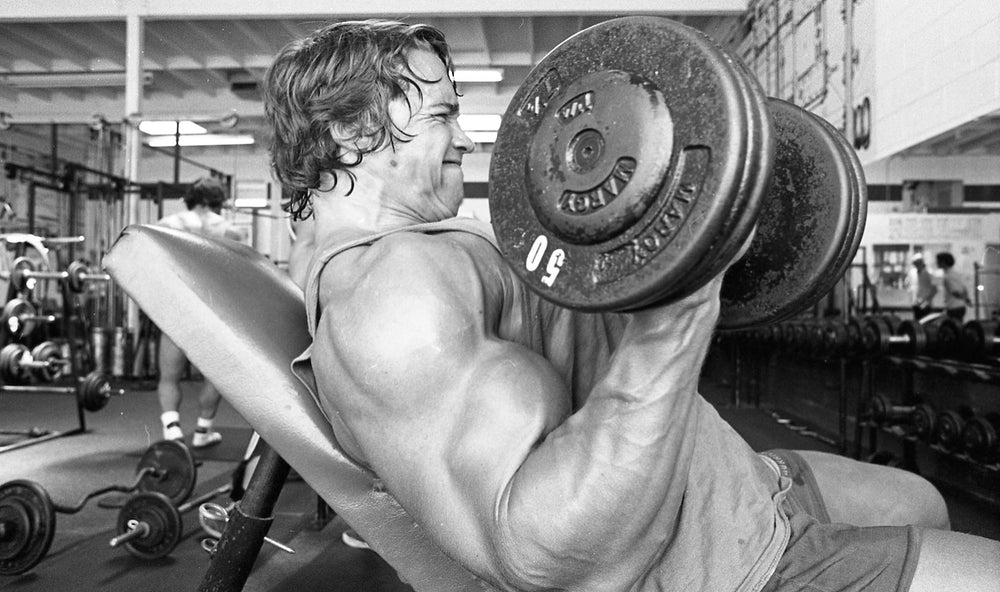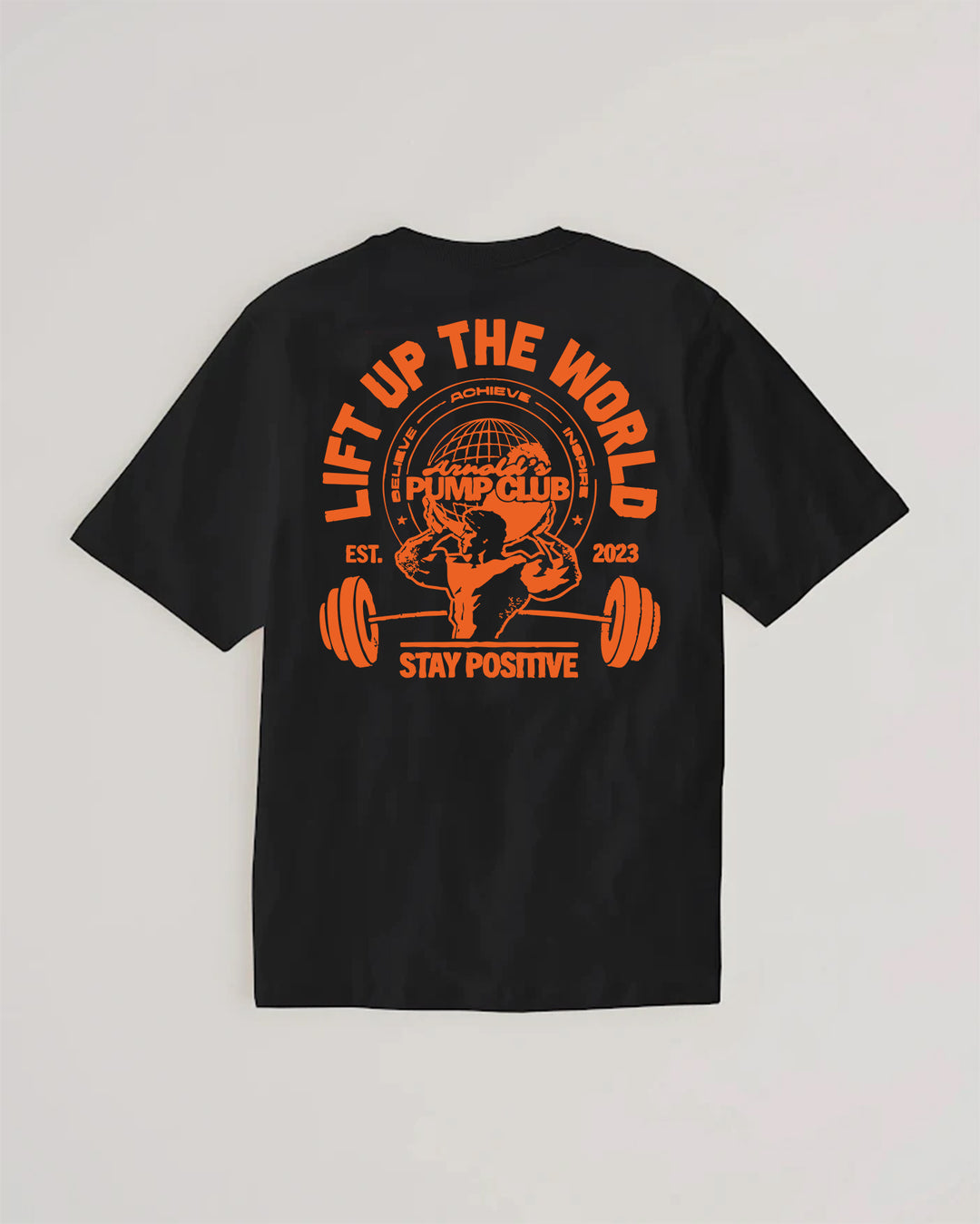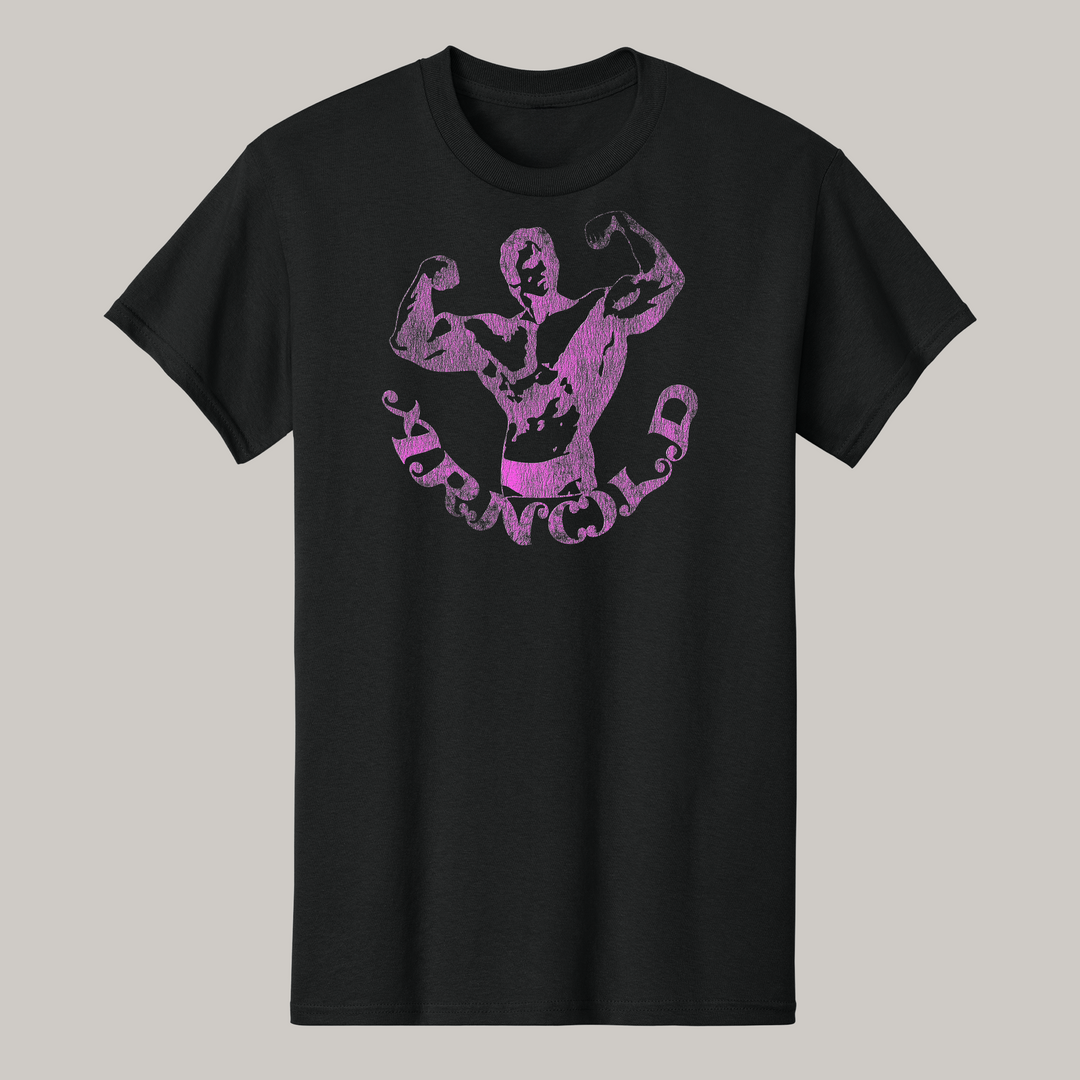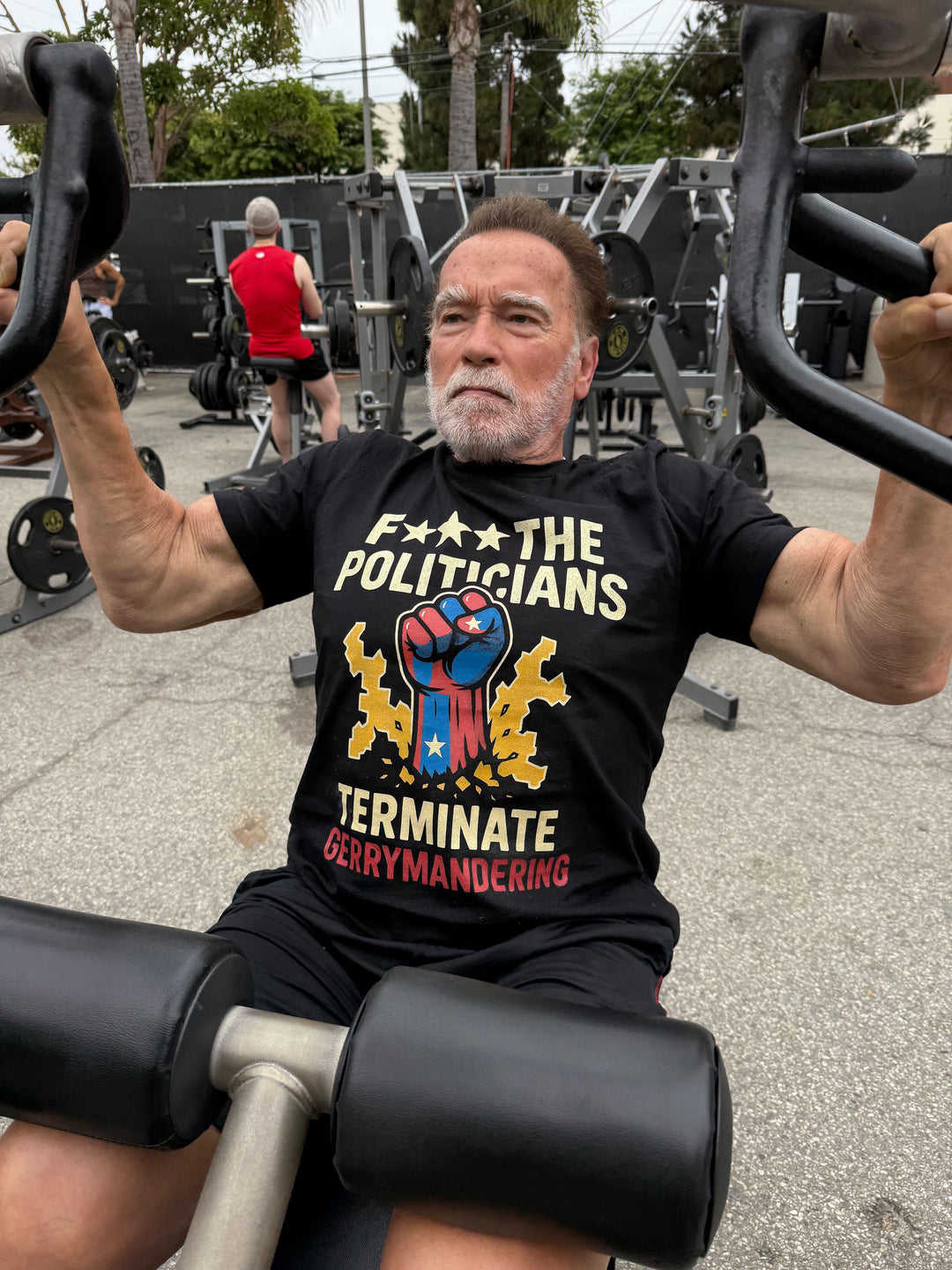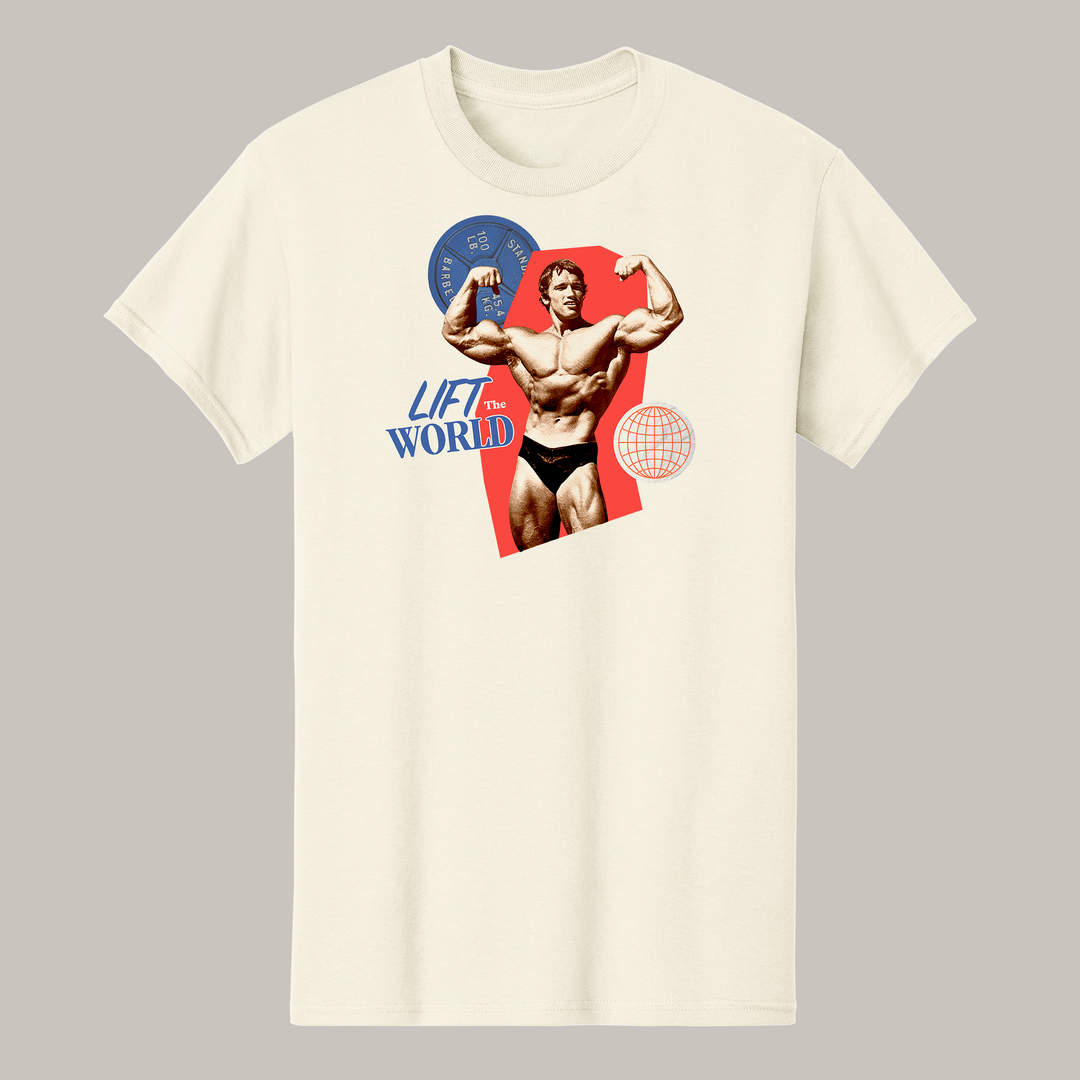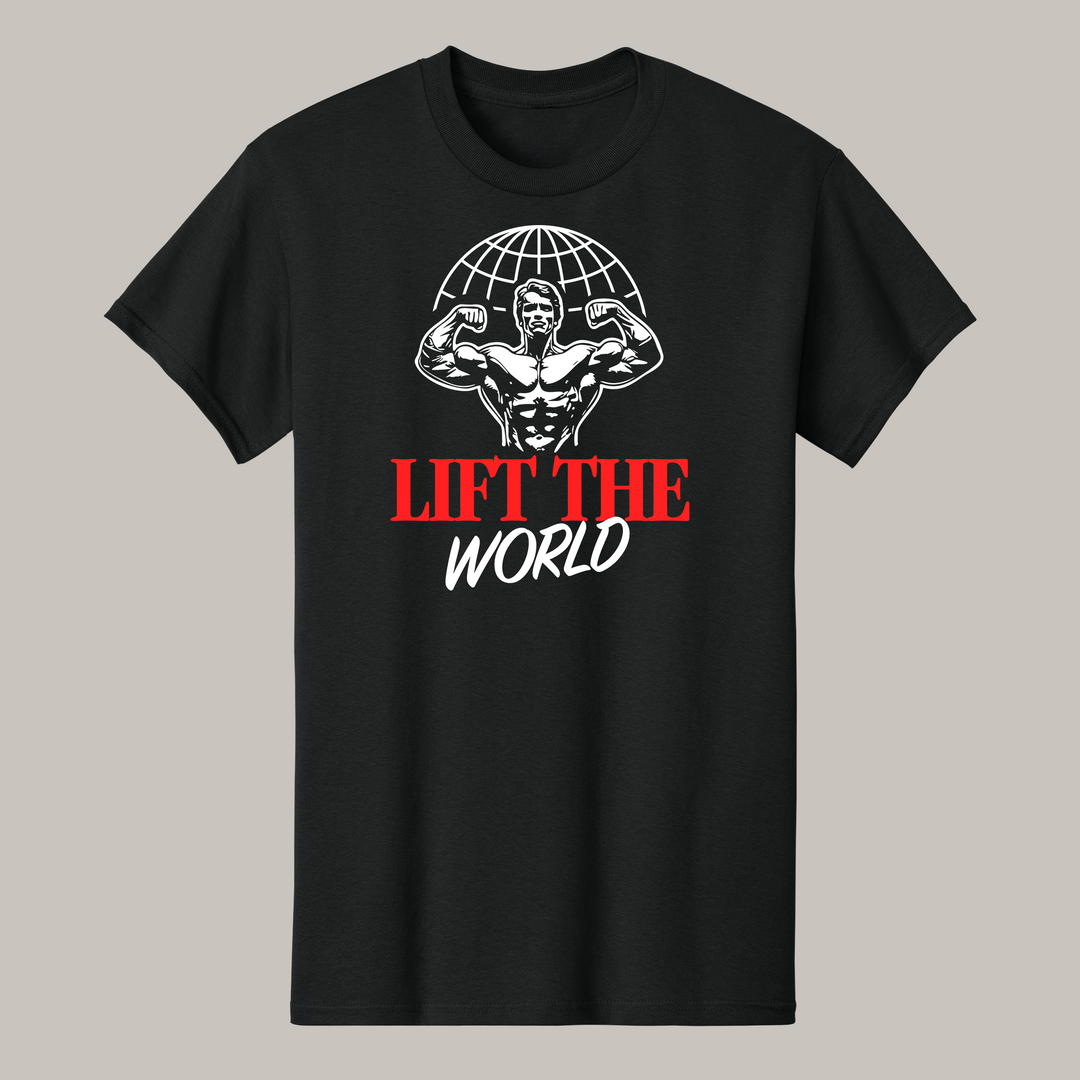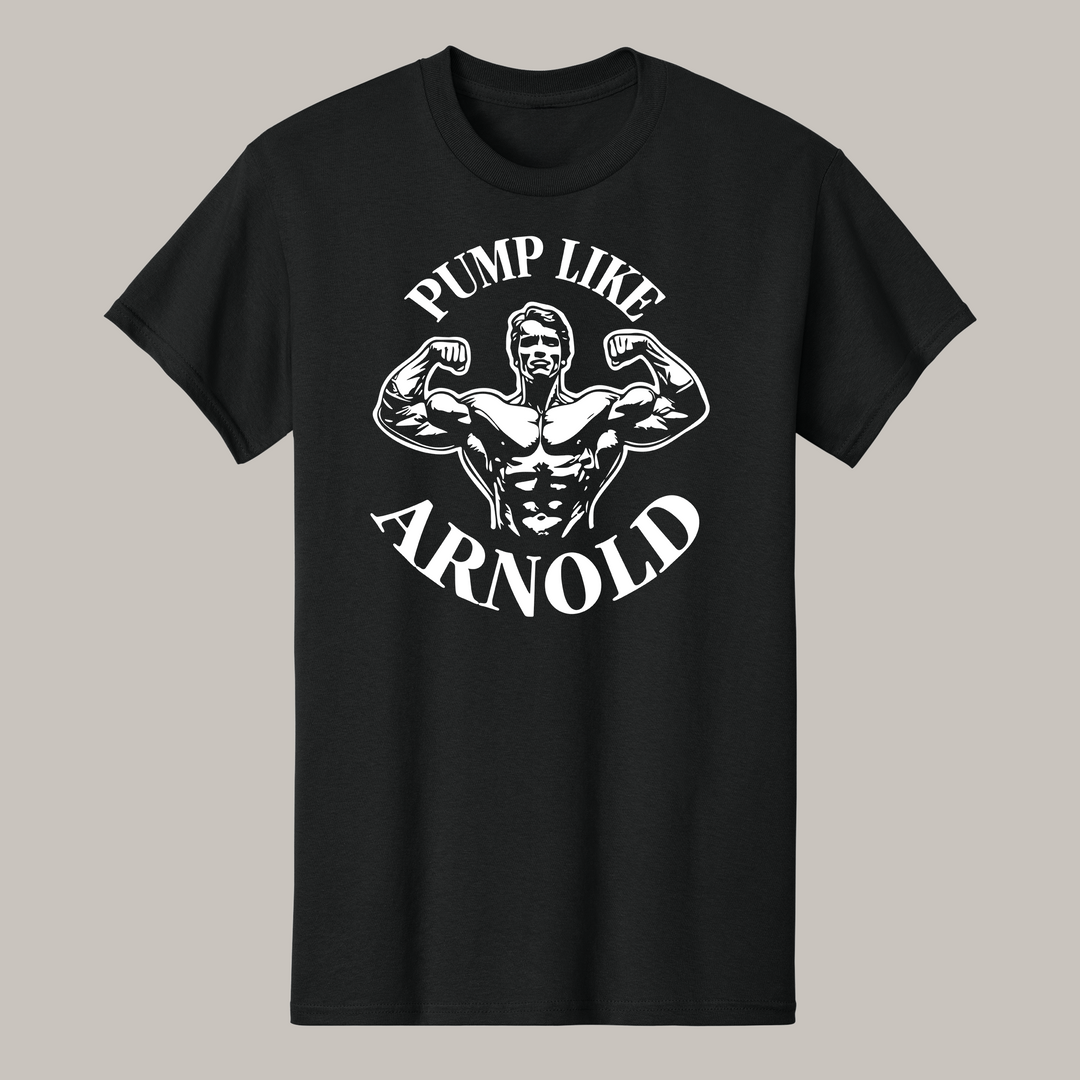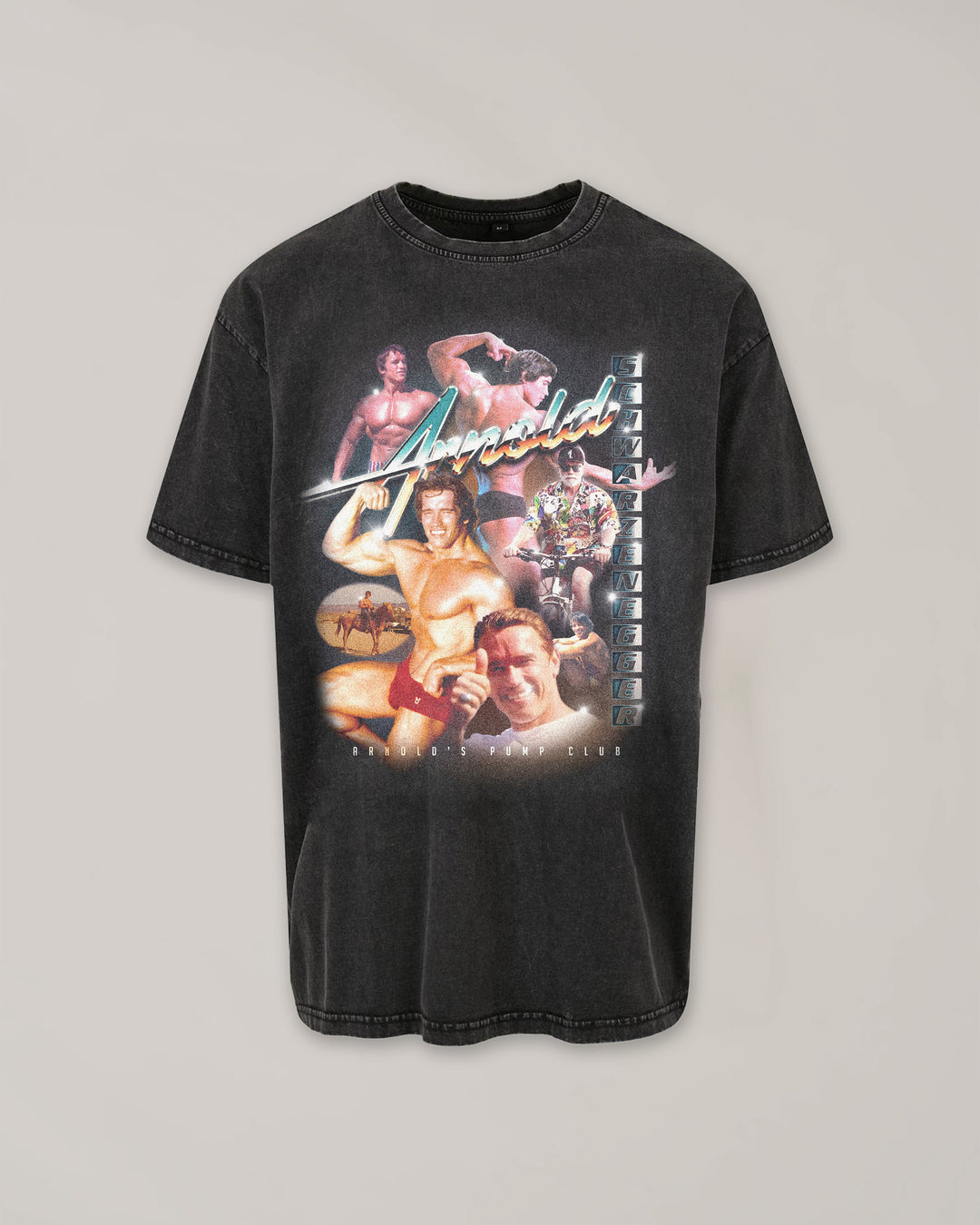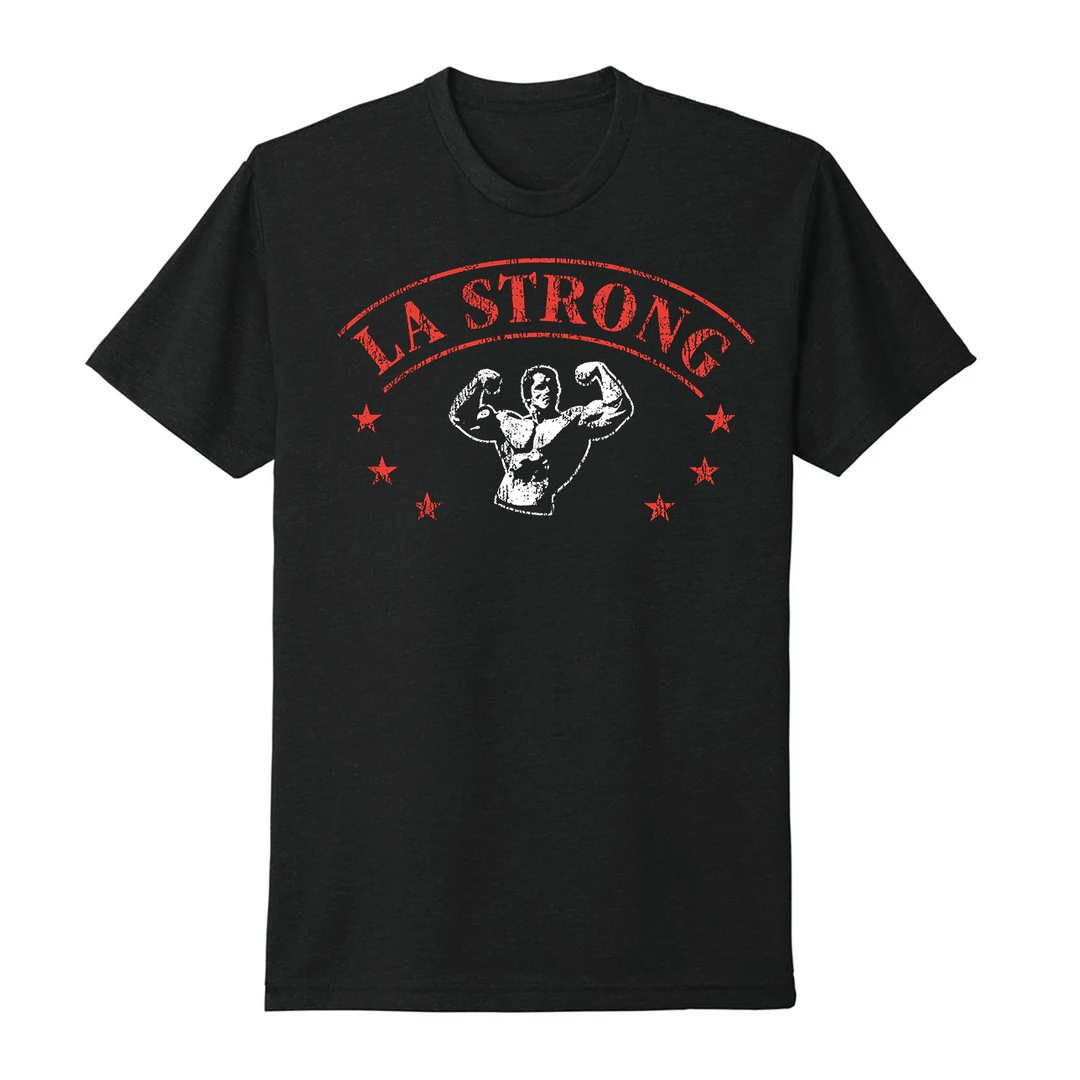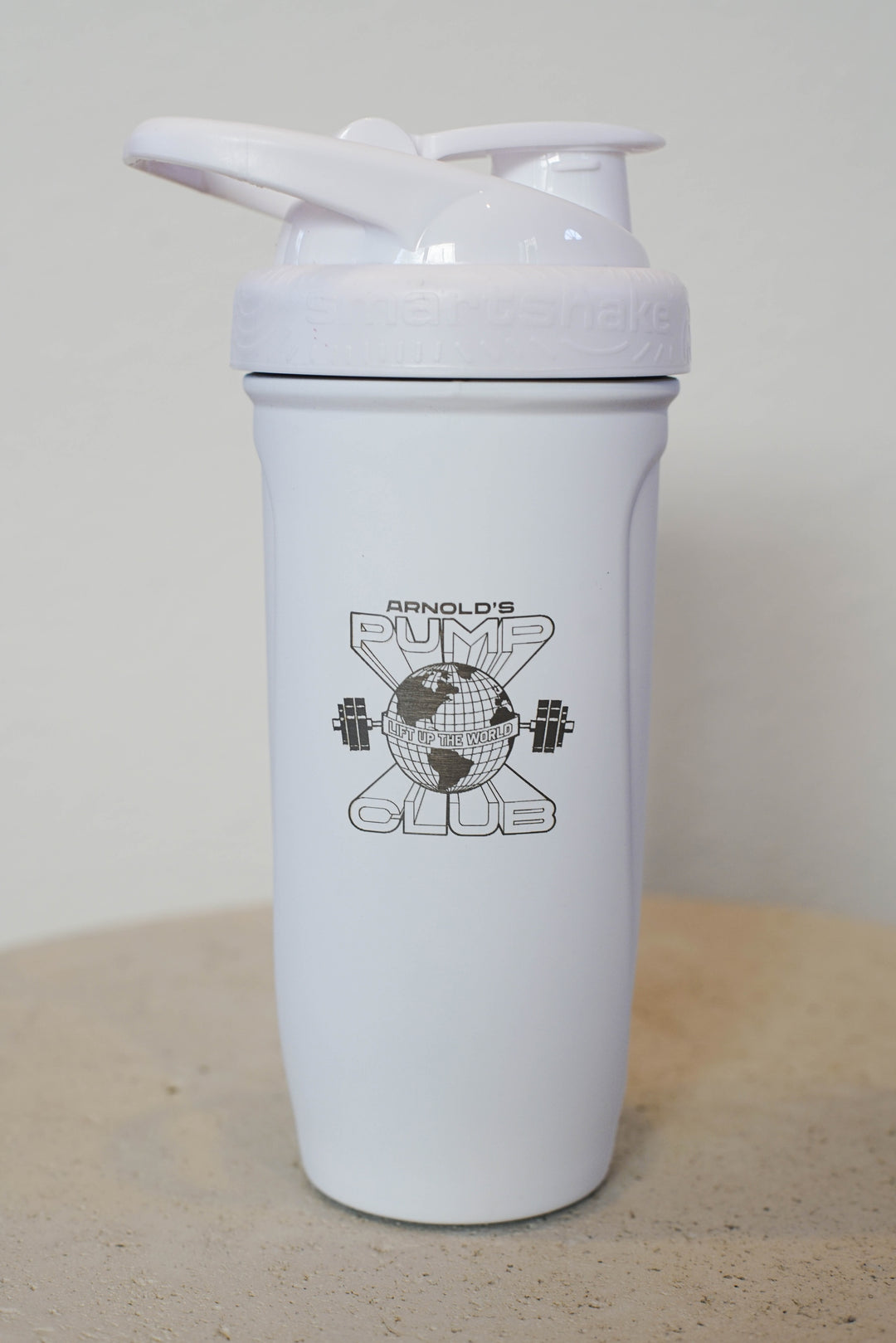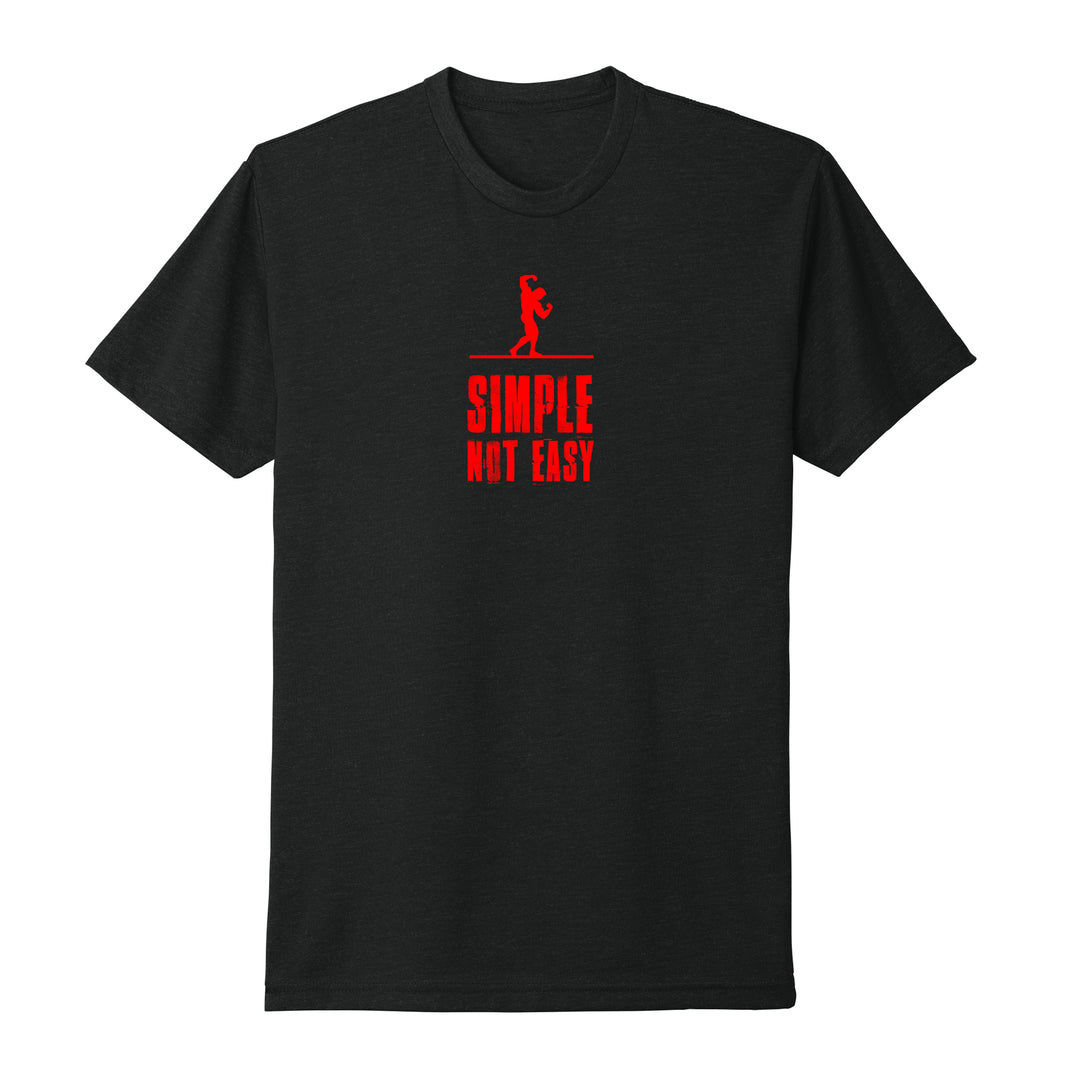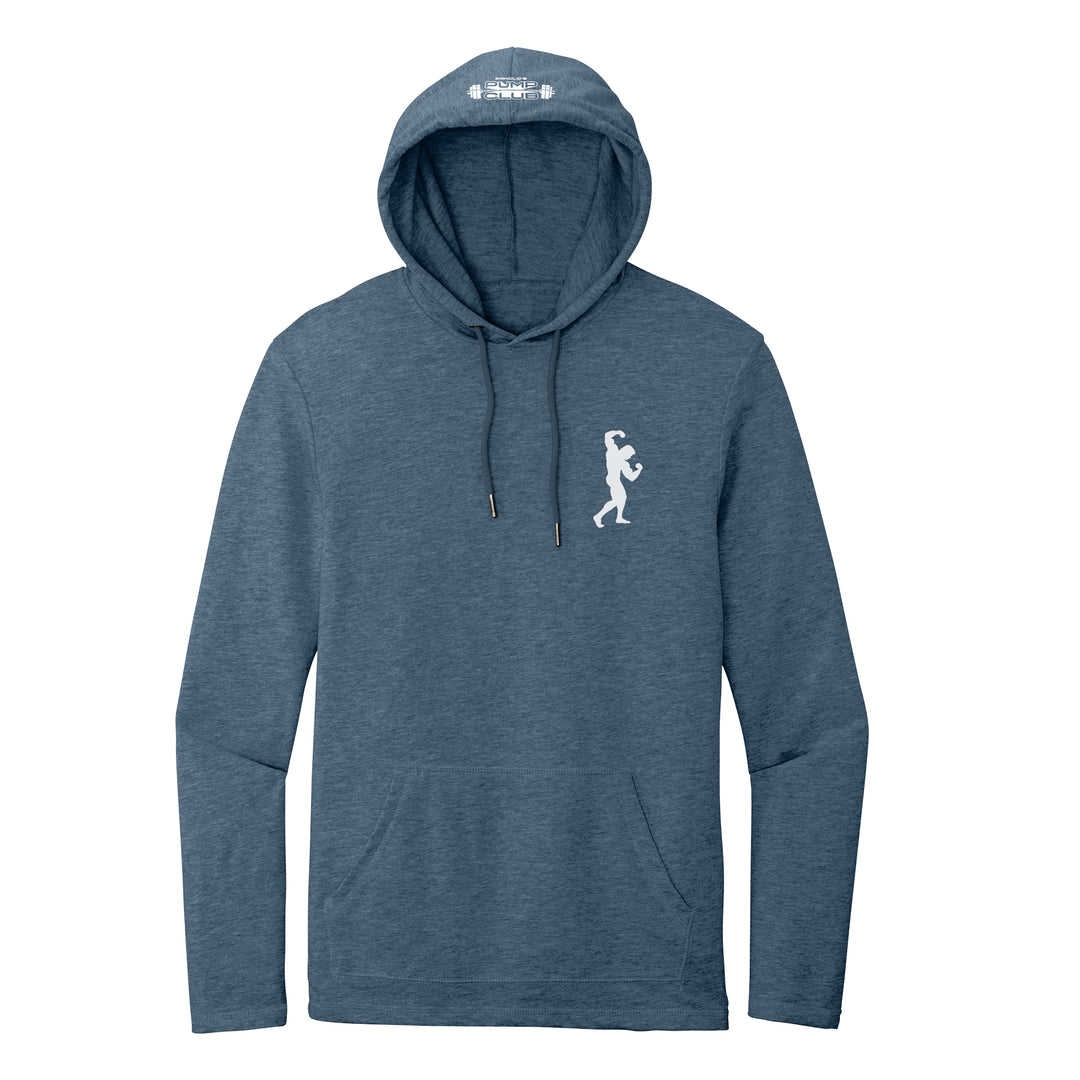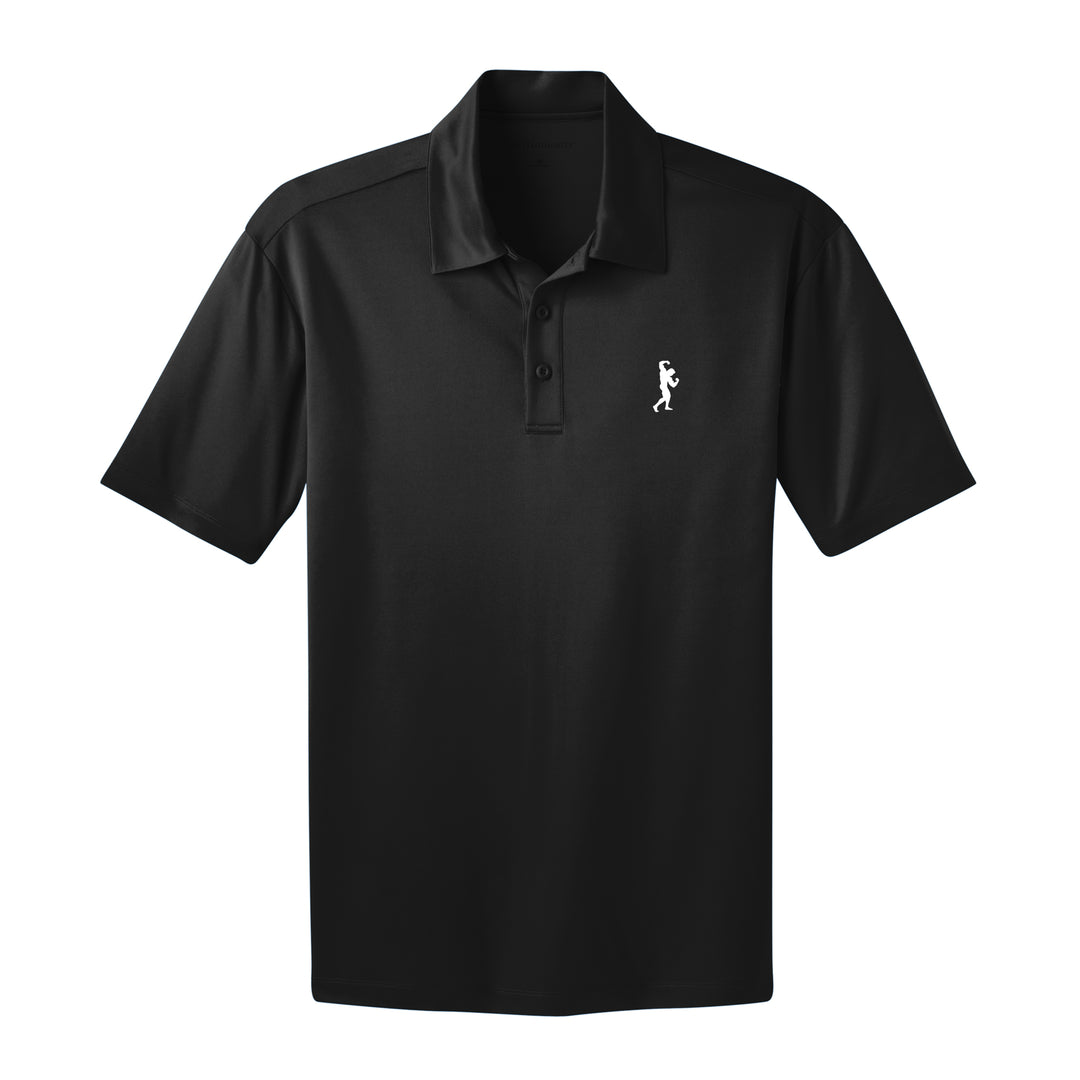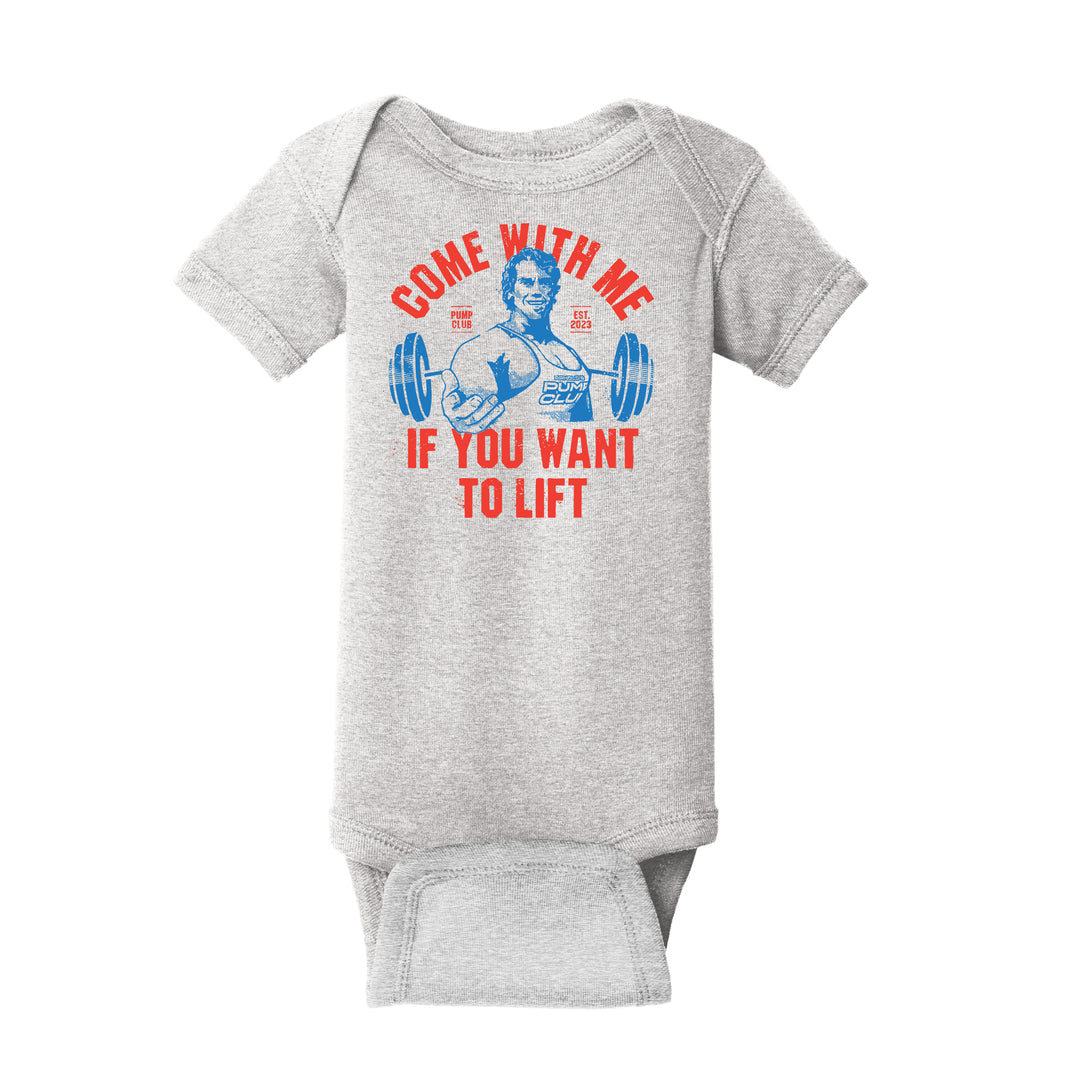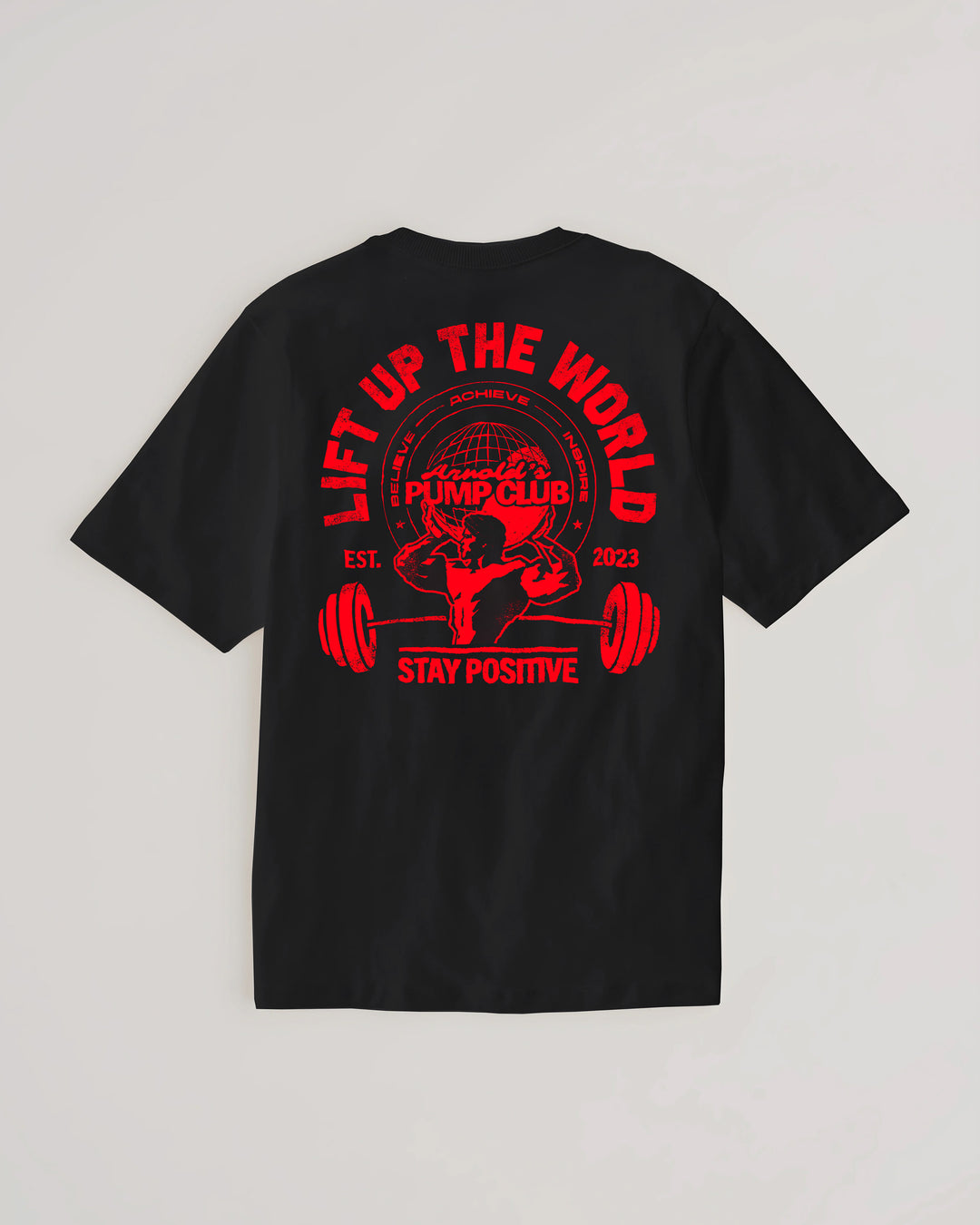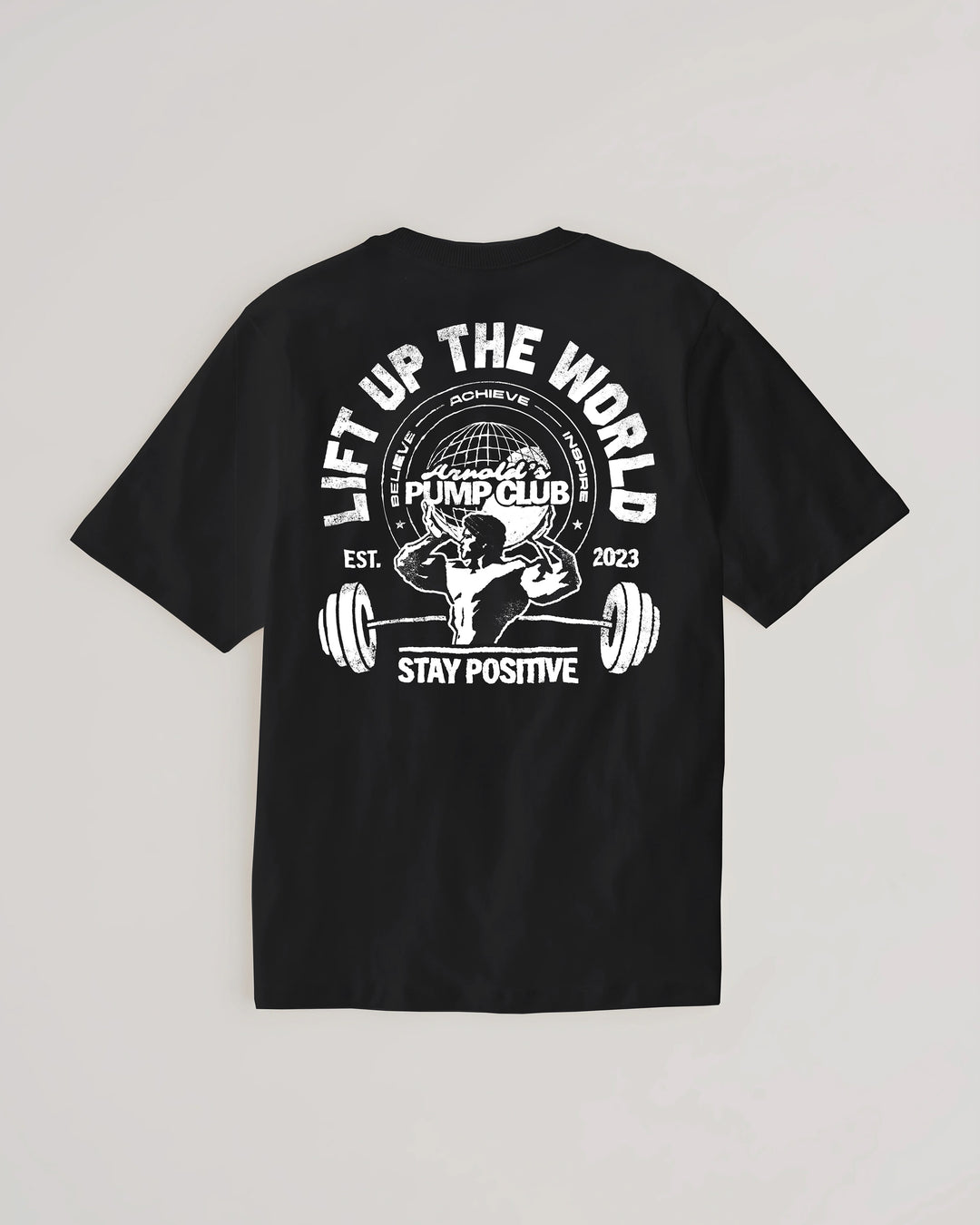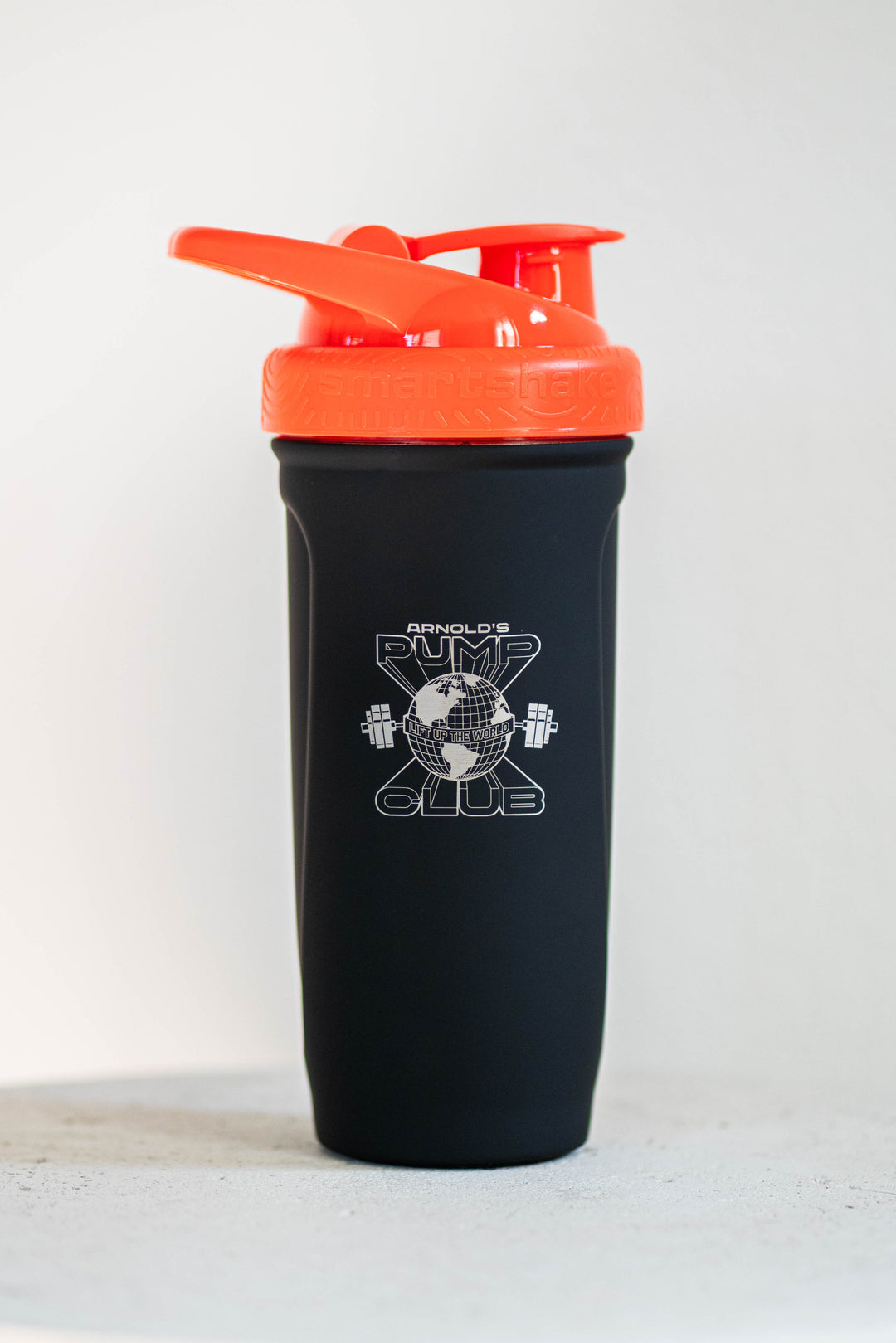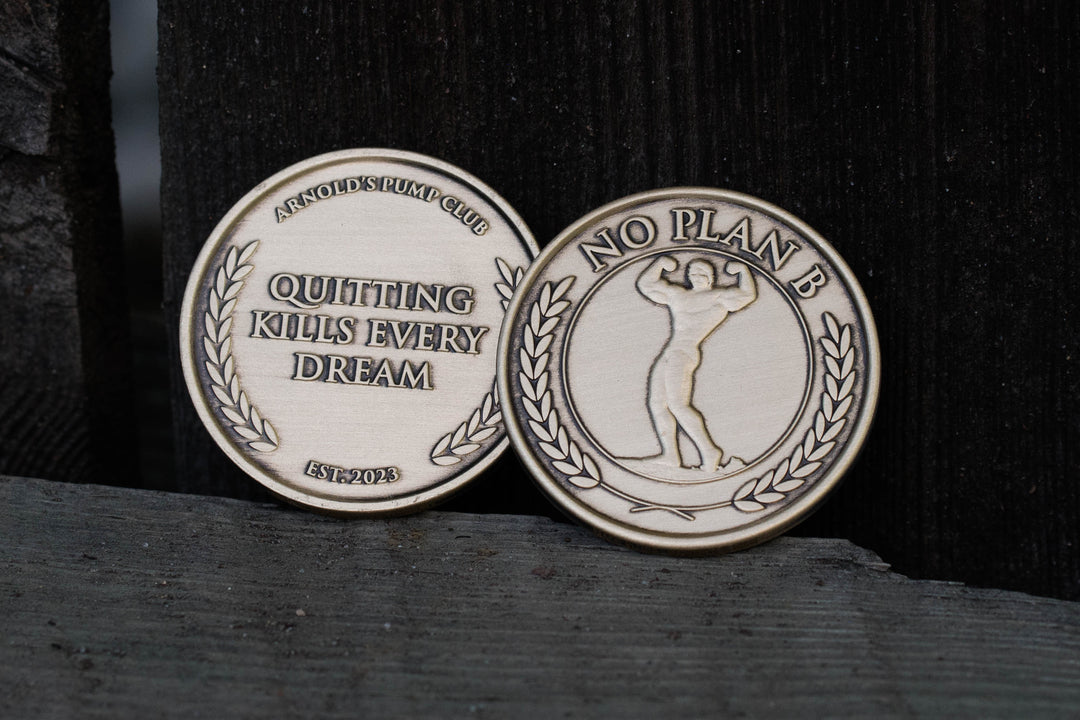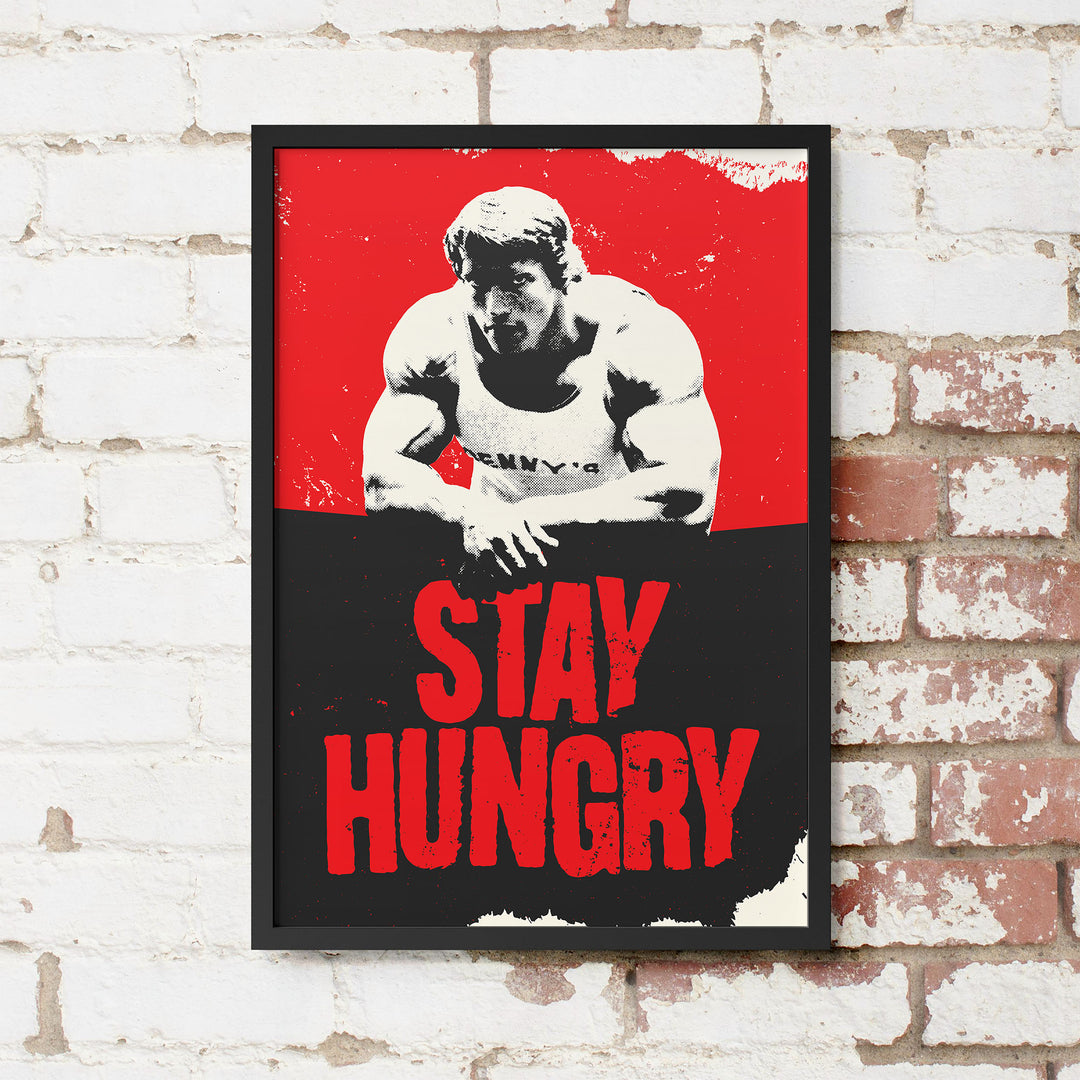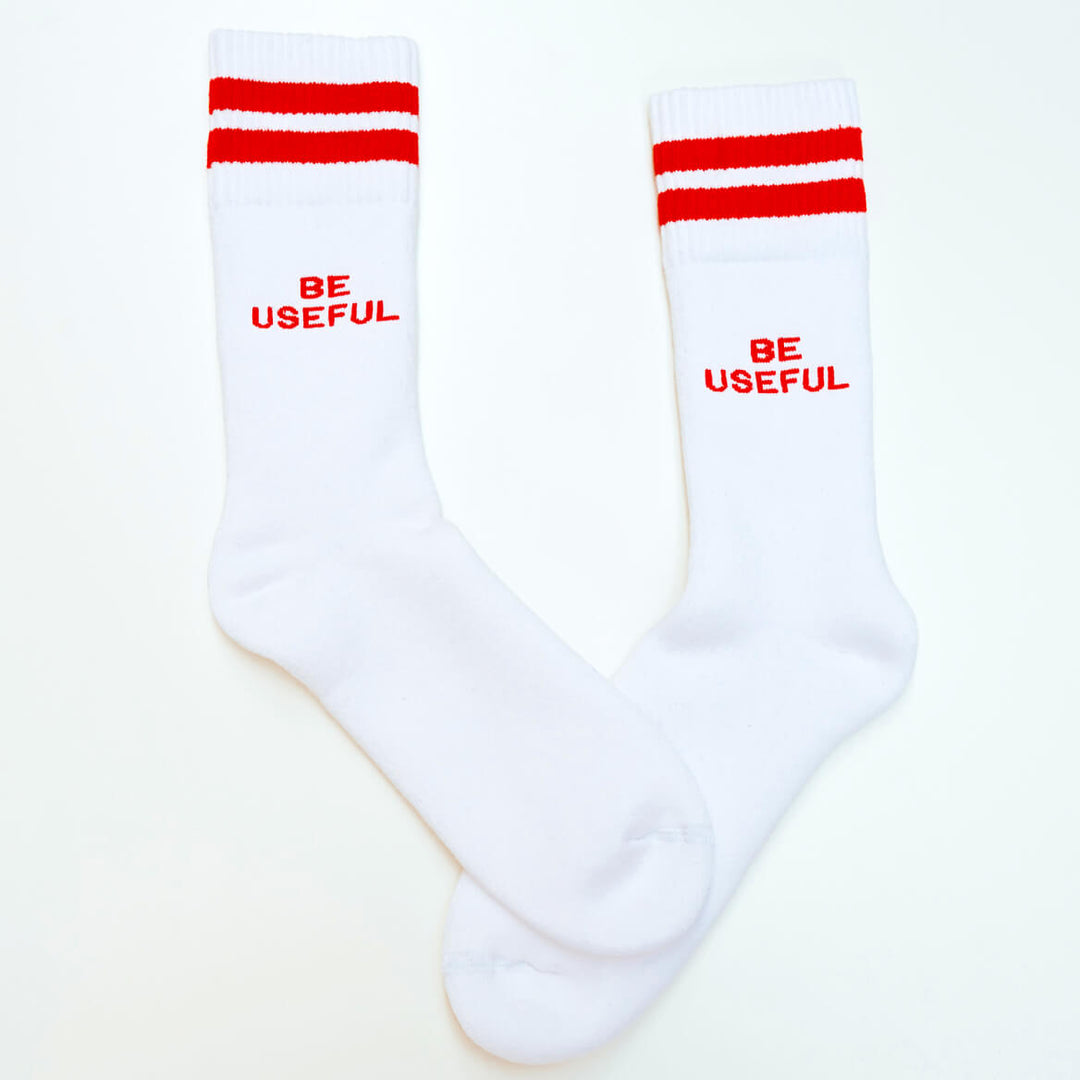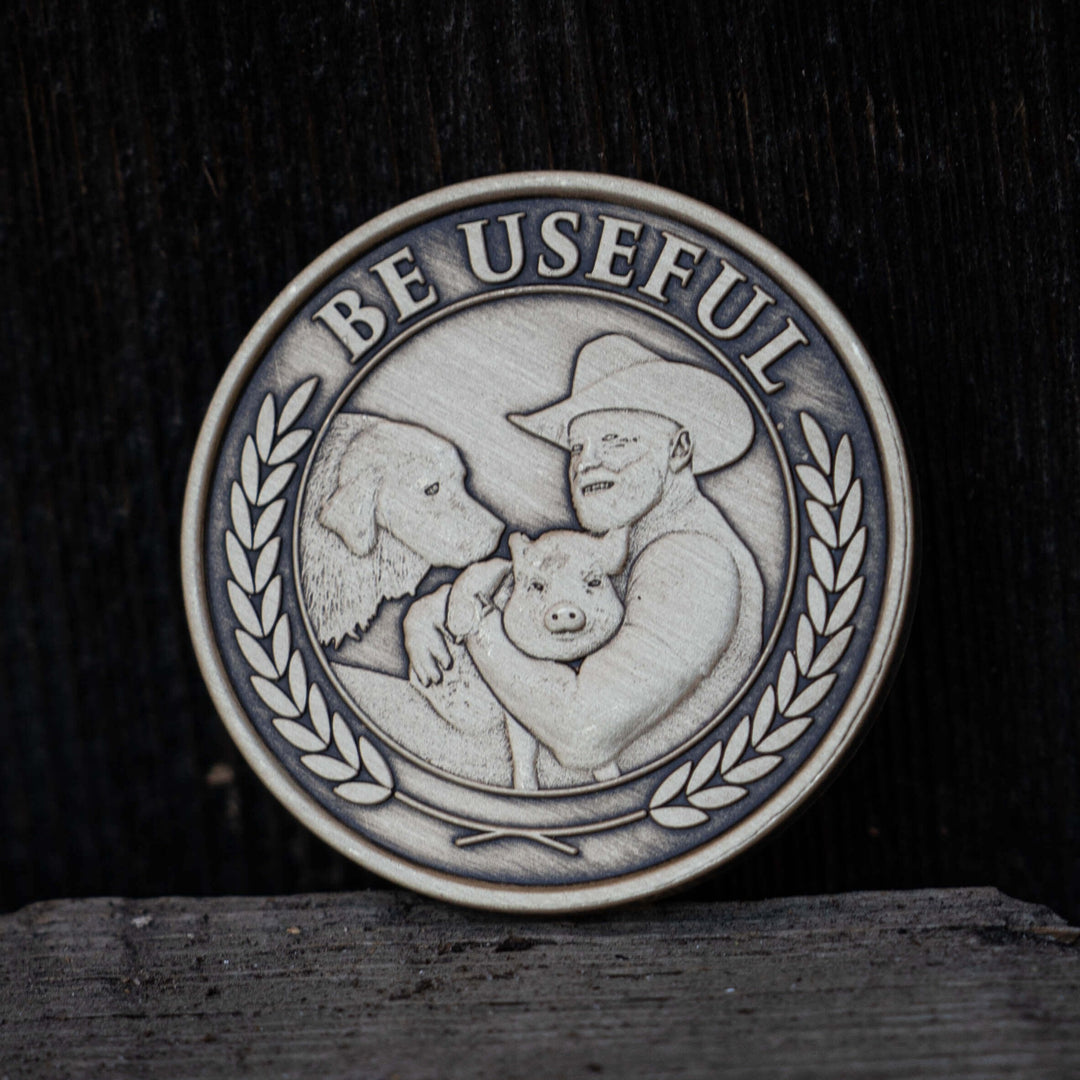Welcome to the positive corner of the internet. Every weekday, we make sense of the confusing world of wellness by analyzing the headlines, simplifying the latest research, and offering quick tips designed to make you healthier in less than 5 minutes. If you were forwarded this message, you can get the free daily email here.
Today’s Health Upgrade
Are your warmups too easy?
The strange science of taste
-
How to extend your youth (in old age)
Arnold’s Podcast
Want more stories from Arnold? Every day, Arnold’s Pump Club Podcast opens with a story, perspective, and wisdom from Arnold that you won’t find in the newsletter. And, you’ll hear a recap of the day’s items. You can subscribe on Apple, Spotify, Google, or wherever you listen to podcasts.
Fitness
Are Your Warmups Too Easy?
If you want to get stronger, build more muscle, and potentially avoid injury, it’s time to stop treating your warmup like a walk in the park.
New research found that warming up with heavier weights enhances workout performance.
The study had participants perform three types of warmups: 15 reps using 40 percent of their 10-rep max, 10 reps using 60 percent of their 10-rep max, or 5 reps using 80 percent of their 10-rep max.
This approach was tested on bench press, leg press, and a wide-grip lat pulldown. After the warmup and a two-minute rest, participants attempted to perform as many reps as possible of their 10-rep max on three sets.
Those who went with the heavier warmup and used 80 percent of their 10-rep max could lift the most weight and perform the most reps during their workout.
And, maybe somewhat surprisingly, there were no differences in fatigue between the three groups, meaning that even though the heavy group lifted more weight, it didn’t lead to more exhaustion.
Researchers believe the most intense warmups were more effective because of something known as “post-activation performance enhancement” (PAPE). The heavier weights help activate more of your muscles and do a better job warming up your body temperature, which can help increase strength and performance.
But if you go heavier, the goal isn’t to do so many reps that you overload fatigue. Remember, the group that performed best only did five warmup reps at the heaviest weight.
On Our Radar
The Strange Science of Taste
Does a mother’s food preferences during pregnancy get passed down to their child?
New research suggests that a mother’s diet can shape a baby’s eating habits during early life.
The scientists analyzed 50 years of research to examine the connection between maternal diet and infants’ flavor preferences. These studies monitor the maternal diet during pregnancy and infancy and observe infants’ reactions to different flavors after birth, both during breastfeeding and when transitioning to solid foods.
Infants exposed to specific flavors through amniotic fluid or breast milk showed more positive behavioral responses—such as increased acceptance or enjoyment—when they later encountered those flavors in solid foods. For example, infants whose mothers consumed carrot juice during pregnancy were more likely to accept carrot-flavored cereal.
This familiarity also reduced the likelihood of infants rejecting new foods, particularly vegetables and other less naturally appealing flavors. Early exposure helps build familiarity, which makes babies more willing to try those flavors during weaning.
This does not mean mothers should have any guilt about pregnancy cravings or foods they enjoy that don’t have health benefits. The research suggests that food preferences are shaped by the foods consumed most frequently, meaning there’s room for treats and indulgences that won’t harm. Plus, a child’s taste preferences are not hard-coded, meaning they can be adjusted in early childhood.
If you want to help ensure better eating habits early in life, the study suggested that early exposure to a variety of flavors can shape food preferences. Children exposed to a diverse maternal diet showed greater acceptance of different foods, especially fruits and vegetables.
Longevity
How To Extend Your Youth (In Old Age)
It’s common to hear people say, “When you get older, you can’t push as hard.” But it might be accurate to say, “When you don’t push as hard, you start to feel older.
New research found that if you don’t want to feel younger later in life, don’t go easy on your training.
Scientists split participants who were in their 60s and 70s into one of three groups: heavy resistance training (6 to 12 reps at 70 to 85 percent of their 1-rep max), moderate intensity (10 to 18 reps at 50 to 60 percent of their 1-rep max), and a control group that didn’t perform resistance training. Progress was measured after 1 year, two years, and four years.
At the end of four years, those in the heavy strength training group reported no loss of strength or muscle. On the other hand, the moderate-intensity and control groups lost strength and muscle despite the exercise.
As an added bonus, both the heavy and moderate-intensity groups saw no increase in body fat, while the control group saw about a 10 percent increase. (It should be noted that everyone was walking approximately 10,000 steps per day.
It’s important to remember that strength is all relative. It’s not about pushing like you did in your 20s and 30s but pushing as hard as possible for your current strength levels.
The research continues to show we can slow aging if we don’t put limits on what our bodies can accomplish.
Train hard and be consistent; you might be surprised that you age and feel better than you ever imagined.
—
Publisher: Arnold Schwarzenegger
Editors-in-chief: Adam Bornstein and Daniel Ketchell




